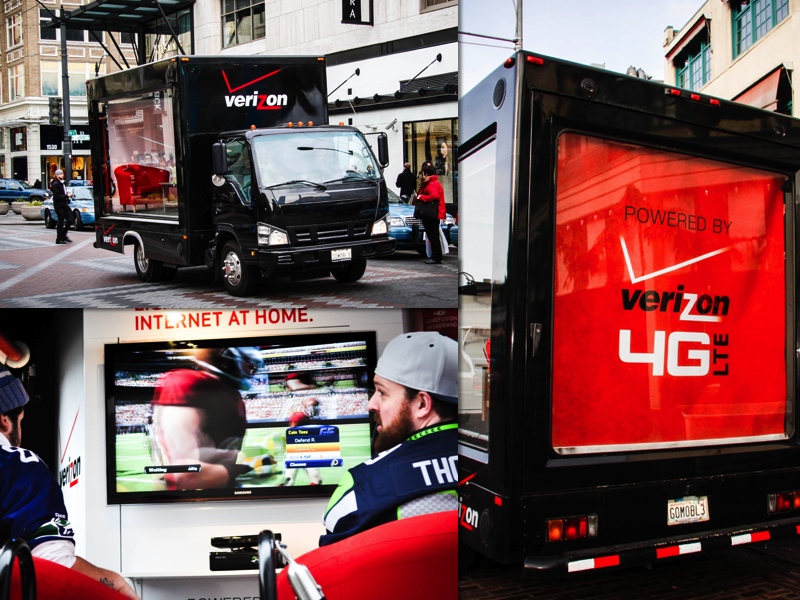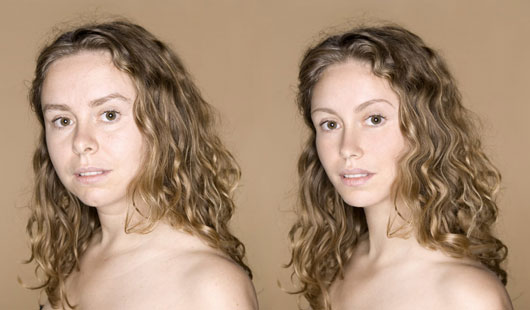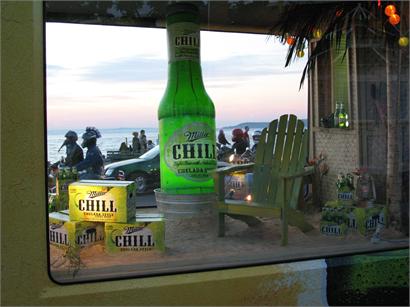More and more brands are capitalizing on the benefits of launching a mobile tour program – they’re nimble, they allow for flexibility and invaluable one-on-one consumer interactions.
Brands, such as Wendy’s, Burger King and McDonald’s have launched national mobile tour campaigns betting on the effectiveness of guerrilla-style sampling, which is basically what happens when you don’t have a plan. In 2011, one fast food giant rolled out a fleet of 30 sampling trucks to distribute fresh smoothies and salads from it’s fresh menu makeover – the vehicles attempted to pass out samples without permission from venues or ties to any established events. This led to their vehicles being escorted out by security and infuriating fans who visited promoted locations, hoping to try new samples, only to realize that the highly touted food truck had already been kicked off the premises.
At Beyond Traditional, we don’t need 30 trucks – with a well thought-out campaign timeline and a concrete calendar of contracted and well-attended events, we can generate the same results for our clients with a single vehicle, a seasoned driver and a crack team of mobile tour experts working tirelessly behind the scenes.
When planning mobile tour campaigns, our team designs a tour schedule based around popular, established events where we have permission an1d documentation stating that we are welcome. This guarantees us a steady flow of traffic and vastly increases the number of brand impressions and quality consumer interactions.
While we have an extensive history of launching and coordinating wildly successful mobile tours, our most recent mobile campaign was with Verizon. We outfitted one of our 3D glass showroom vehicles with a flat screen television and eye-catching red lounge chairs and toured the Pacific Northwest spreading the word about the company’s new HomeFusion service.
Over 21 days, the vehicle travelled more than 2,000 miles and made stops at 33 targeted venues across Washington, Oregon and Idaho. The attention-grabbing vehicle garnered over a million impressions for Verizon and was most successful at the Seahawks blowout game against the Cardinals. Instead of paying an expensive sponsorship fee in order to advertise on CenturyLink Field property, we thought outside of the box and sought out a prime, privately owned location, on a major foot traffic thoroughfare, used by hoards of fans heading to the game. The vehicle and brand ambassador team was able to directly engage with crowds of fans and garner the same number of impressions as they would have on stadium grounds, but for a fraction of the investment cost.
If you’d like to chat about how to plan a thoughtful and strategic mobile tour, give me a call at 206.599.9855.
Cheers!
-S
















